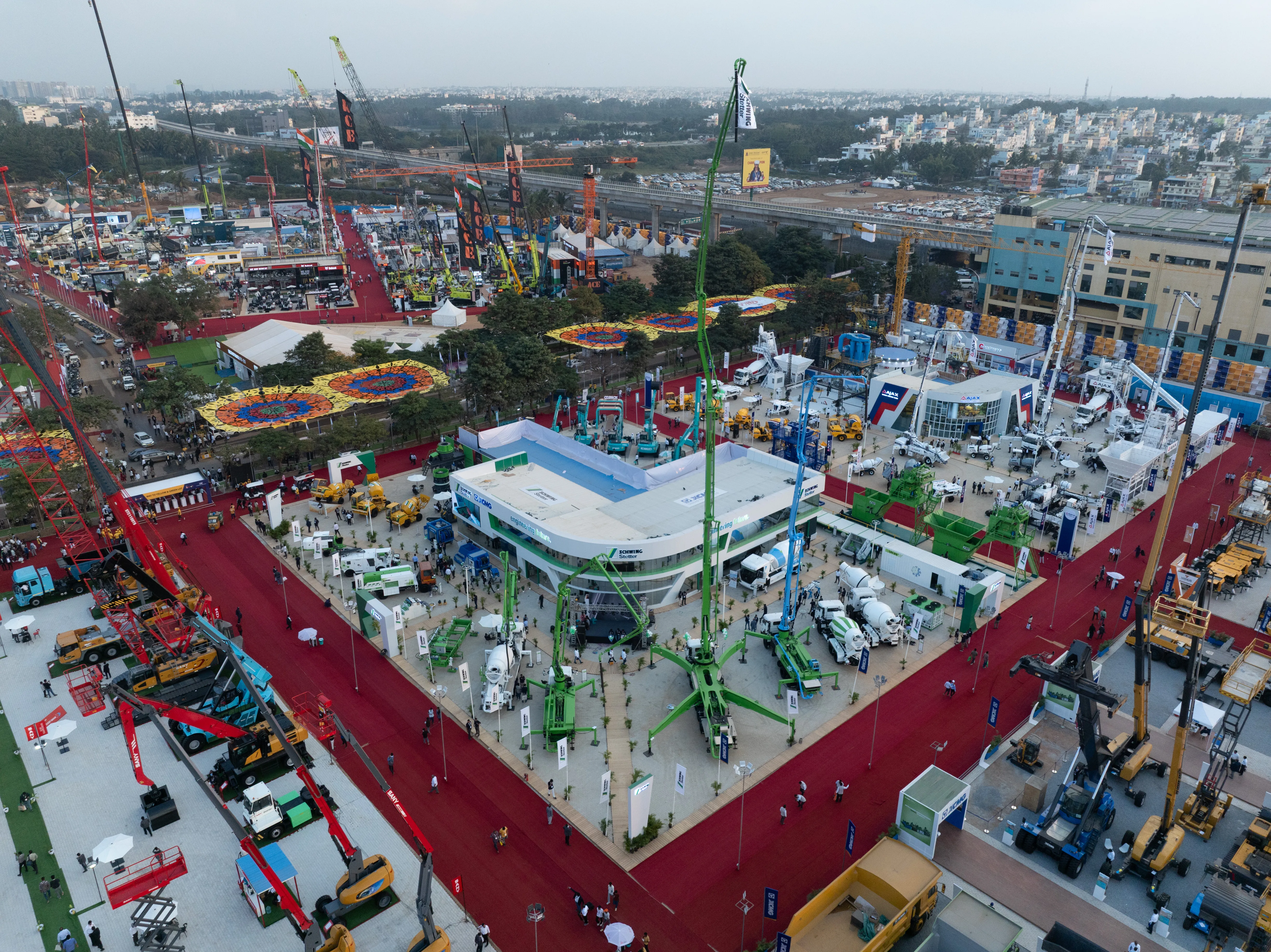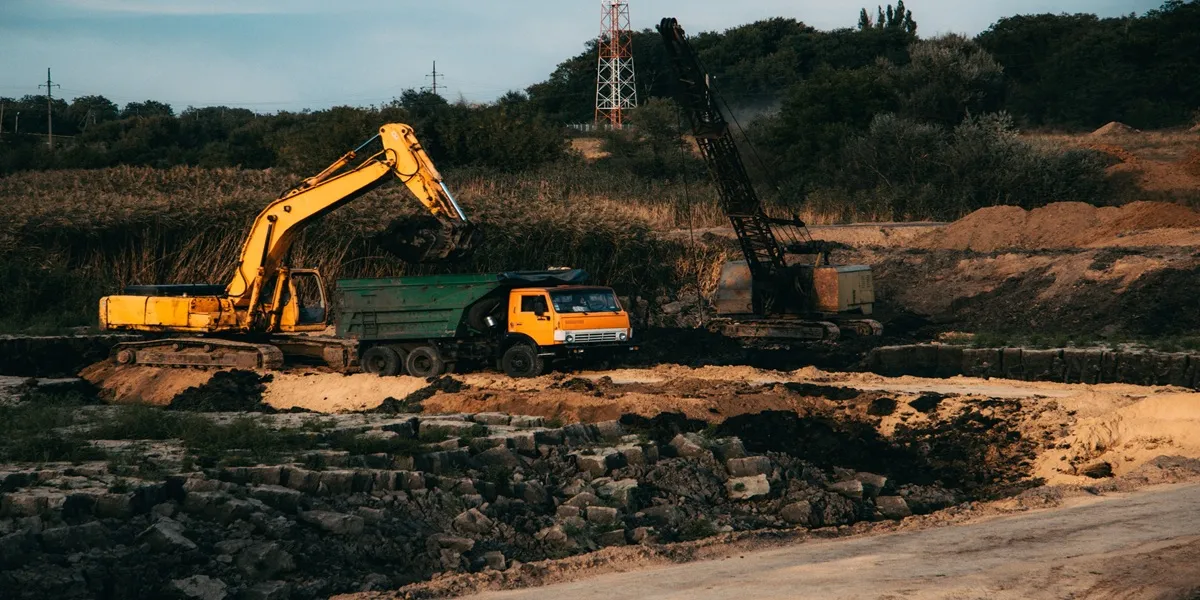Applying innovation across the full spectrum of the project life-cycle can drive value plus efficiency, writes SUBODH CHANDRA DIXIT.For most construction contracting companies, successful project delivery and execution is generally defined the same way; the goal is to complete projects on-time and on-budget, while also maximising profit through efficient resource utilisation. Safety, quality and statutory compliances are other mandatory requirements that need to be fulfilled during the construction phase.At Shapoorji Pallonji E&C, our operations structure and processes are designed to offer the reliability of project delivery to our clients. In addition,we strongly believe that success in the longer term is about maintaining satisfied and loyal clients. That means delivering value for their investment, thus ensuring that they come back to us for their next project.What adds value for the client?Conventional wisdom would suggest that the key to achieving client value is driving efficiency through project delivery and execution. But simply delivering a project on-time and within budget does not always result in the highest value for the client. On the contrary, a relentless focus on efficiency during project delivery without reference to the actual desired outcome for the end-user can significantly undermine the value delivered to the client. Here, let us also acknowledge another important parameter. Whether the project delivers value to the client is heavily dependent upon the way the client procures and industry delivers. Unfortunately, under traditional delivery models, the contractors are not involved in the design phase, and hence, their ability to add value is negligible. Often, the contract conditions are heavily loaded against the contractors and there is inadequate coordination and collaboration among the PMC, client, architect and contractor. However, the impact of such inadequacies on project delivery or cost overruns is ultimately borne by the contractors.This condition is especially true for tenders that do not allow any deviations. The client invites bids to a prescribed specification and shifts the risk to the contractor. Under these conditions there is little time, interest or ability for the contractor to embrace deviations from the design or contract terms which may generate long-term value. In fact, the introduction of innovation will generally result in non-conforming bids that are ruled out by the client.As a result, contractors commonly look at clients’ problems in insulated role-focused silos rather than from the holistic perspective which could boost both the value and efficiency outcome. The right question to be asked, therefore, is how do we, as contractors, really understand what drives value for the client and then continue to think out of the box beyond the project delivery phase.If we look at a wider, holistic, customer-focused perspective, it is typically only after the design and planning is complete that the client’s major expenditure begins. The project moves from concept to engineering design, asset creation actually starts, and real value begins to be generated for the client.Thus in reality, while we understand that value is often created early in the life-cycle of a project, the greatest investment – and so the greatest potential for generating real client value – is always expended during the construction and life-cycle of the facility. And too often, there is little consideration given to innovation or value in this phase.What actually constitutes value?The solution is to religiously apply innovation across the full spectrum of the project life-cycle and not just in the execution phase. This way we can drive value plus efficiency. That means embracing an approach to identify not only the client’s needs but also what actually constitutes value to them.Wherever feasible, SP E&C prefers to engage with the client during the asset planning phase where costs are relatively low compared to later phases of construction and operations. We interact with the client and the user team to understand their needs and requirements vis-à-vis the facility. The objective is to take broad and abstract business needs obtained from the stakeholders and translate or break them into a series of more precise, focused, unambiguous and manageable requirements that can be easily understood by the persons designing the building facility. This, in turn, allows our project management team to control the design, construction and commissioning so that the project eventually delivers a facility that meets the clients' expectations. A systematic, multi-pronged strategy, focused on developing a continuous improvement culture is employed by us for realizing value in such construction projects. This approach can present the client with an opportunity to reconsider their original scope and to rethink the longer-term implications or opportunities from the investment. Throughout such a process stakeholders should recognise that compromises are essential – however, these will be explicit rather than hidden, creating better opportunities for value across the life-cycle to be assessed by all. This approach emphasises monetising and commercialising innovation over the whole life of the facility.This requires SP E&C to invest in key knowledgeable and skilled staff such as programme and project managers, project control specialists, schedulers, and technical leads. Among their primary strengths are calculating earned value, developing accurate estimates to completion of a project, and assessing and quantifying risk exposure and how it ultimately impacts project delivery. Innovation all alongAs the project moves ahead – from concept design to final design – the fluid delivery and execution process can be redefined with more rigidity. Innovation is always encouraged but contained within the limits so that the engineering design is delivered to budget without spiralling out of scope. Finally, as the project moves from design stage to pre-construction stage, innovation shifts from engineering and design to delivery, which may include innovative approaches to supply chain management and offsite construction to create repeatable processes. Most importantly, the whole supply chain is engaged throughout to ensure efficient constructability. These processes improve quality and reduce flaws and introduce different approaches to risk management and risk transfer mechanisms but are discussed early in the project delivery. Architects, design engineers, contractors, specialist subcontractors and users often communicate poorly. This early engagement of all stakeholders – internal and external – through a disciplined process provides an opportunity for value to be constantly assessed and for customer expectations to be managed around what value will or will not be delivered. This approach leads to improvements like streamlined procurement process, innovative solutions to the design and delivery, reduced environmental impact, safer working conditions, and improved whole life-cycle cost and thereby enhanced value.Achieving the combination of value plus efficiency is possible but made difficult if we do not first understand precisely what the client is trying to achieve and then apply the sound project delivery and execution principles across the entire project life-cycle – all the time keeping efficiency plus value top of mind. With the ever-increasing complexity of projects, and the shrinking delivery schedules and budgets, it is necessary that more initiatives be taken by all industry stakeholders that aim at moving from a cost-based to a value-based approach in procurement of construction services. The L1 system under which the lowest bidder is given a contract, may not be the most appropriate and capable method of delivering the results commensurate with the high growth trajectory of development envisioned for India, and therefore, it needs to be revisited. In its place, a new public procurement strategy is required to cater to the need for innovation, quality, speed, functionality and efficiency that are in sync with a rapidly changing world. Hopefully, we will see some improvement in this direction in near future.About the author: Subodh Chandra Dixit, Executive Director-Engineering & Construction, Shapoorji Pallonji and Company, has diversified experience of over 31 years in the construction industry. He joined SPCPL in 1996 and has held several senior positions. Under his leadership, the company has witnessed more than 20 per cent growth YoY, for past many years.





















